#china art
Text
Spring wind brings rain
风化雨 (chūn fēng huà yǔ) – spring wind brings rain
The last spring season of Gu Yu (Grain Rain) has begun in China ^__^On this occasion, a postcard from me…a diptych with my illustration “Spring Rain” and early magnolias…
I was very afraid of ruining this drawing with an overabundance of color… but it seems to me that I still managed to maintain balance…Honestly, I just fell in love with these…
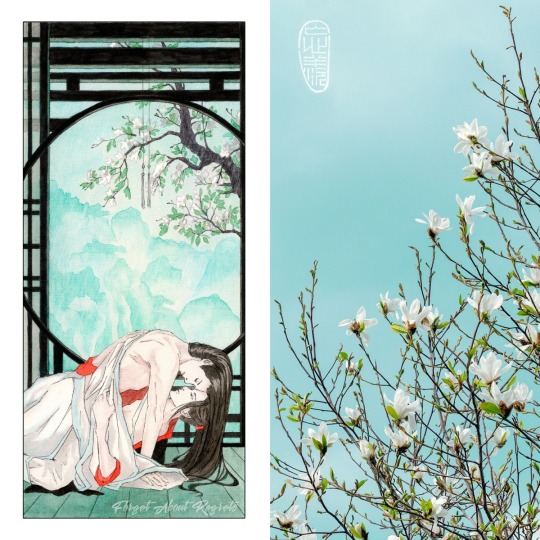
View On WordPress
14 notes
·
View notes
Text

14 notes
·
View notes
Text

#beauty#china art#sunny#sun#good day#positive vibes#architecture#nature#art#photography#plants#forest
11 notes
·
View notes
Text





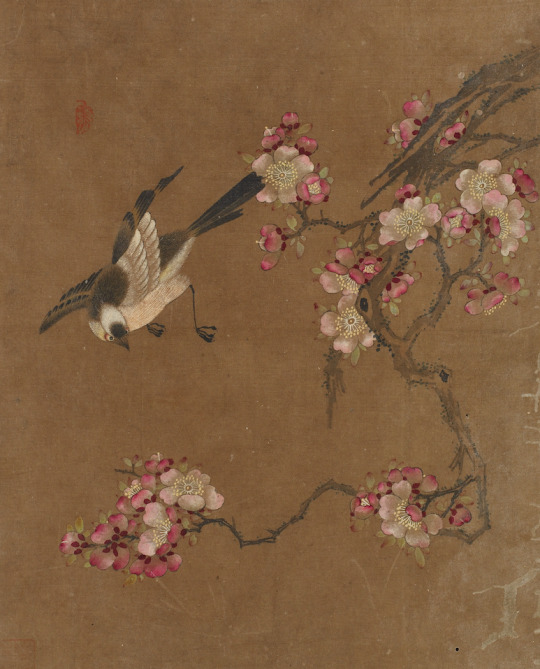



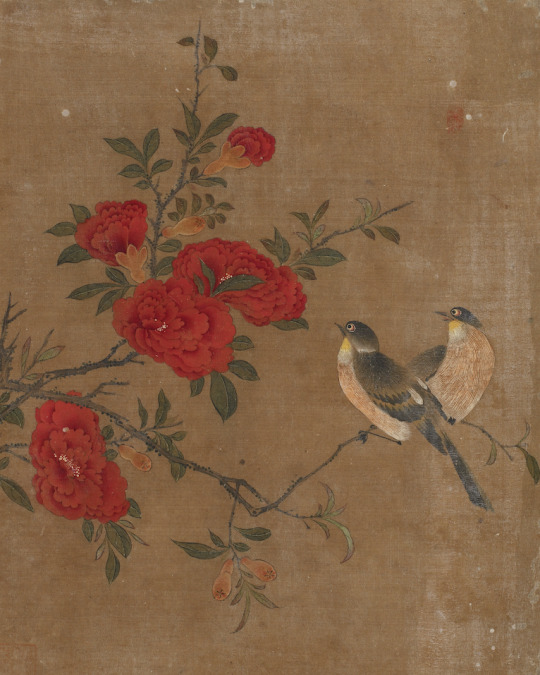
Ming dynasty 1368-1644 Ink and color on silk each 25.9 x 20.9 cm (10 3/16 x 8 1/4 in) Freer Gallery of Art
64 notes
·
View notes
Text

Aiweiwei
#ai weiwei#kunsthal rotterdam#fuck#contemporary artist#art contemporain#contemporary art#bicycle#china art#china artist#modern art#visualart#artgallery#neon aesthetic#activism#protest#minimal design#aesthetic#fuckoff
5 notes
·
View notes
Text
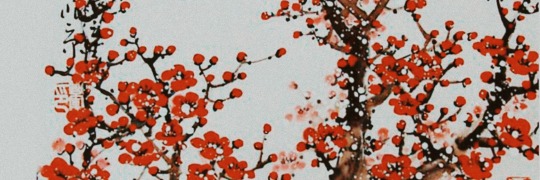
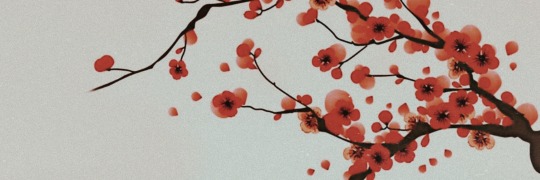



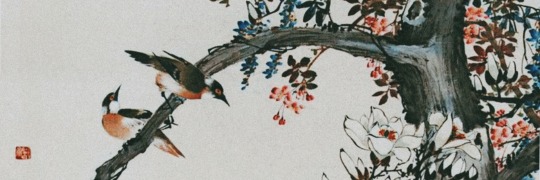
China Painting Headers
Saved? Like or reblog
Salvou? Curte ou compartilhe
Credits twitter @DaraInYeop
#China painting#twitter headers#headers#messy headers#random headers#China headers#c drama#dramas#China flowers#painting#Arte chinesa#chinaart#asia#asia pacific#beijing#china art#asian paints#Asian apinting#headers aesthetic#layouts#twitter layouts#china history#China historical drama#historical drama#Cdrama historical
83 notes
·
View notes
Text
História das esculturas de cavalos empinados
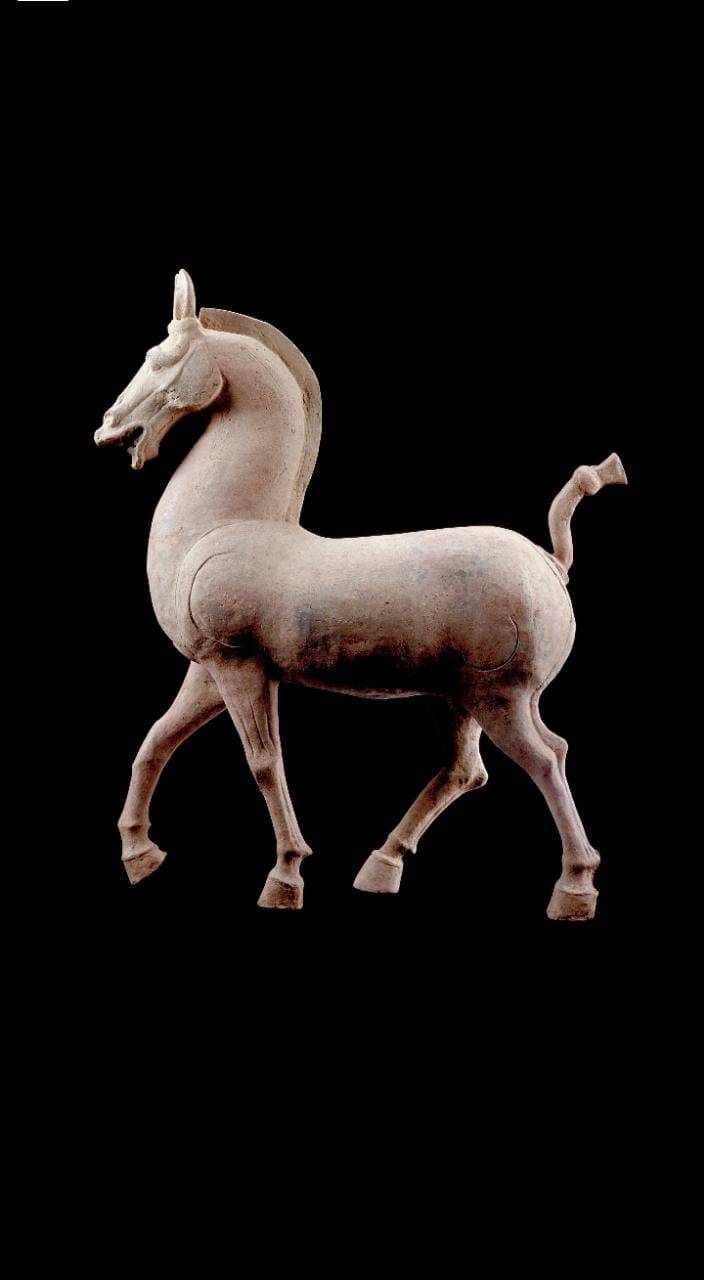
Este cavalo vigoroso capta o espirito dos lendários 'cavalos celeste' da dinastia han na China (206 a.C a 220 d.C). A nova raça maior e mais forte do que os cavalos nativos, rapidamente se tornou imagem de poder e prestigio durante a dinastia Han. Tais esculturas de cavalos foram um elemento importante em túmulos aristocráticos bem bem sucedidos de sua época.
escrito por : Luis Eduardo
3 notes
·
View notes
Text
My inspiration.
Chinese art form is popular for their silk paintings and paintings created with black or colourful brushstrokes. Japanese art form uses ink paints, oil paints for their woodblock printings and calligraphy.
The artistic tradition of monochrome painting originates in China, then it became widespread in Japan. In traditional Chinese painting, there are four main subjects that are fundamentally the same in Japanese painting: landscapes, portraits, birds and animals, flowers and trees.
FAN KUAN (范寬, ca.950–1032) was a Chinese landscape painter during the Song Dynasty (960–1279)

IKENAGA YASUNARI
Born in 1965 in Oita prefecture and graduated from the Midorigaoka High School (attached to the Oita Prefectural College of Arts and Culture). Painted on his own dyed linen canvas, his "bijinga (Portraits/ prints of beautiful women)" provide a sophisticated texture and taste. His first art book in 2014 is a long-seller and his works are also published as prints, calendars and coloring books. Even in foreign countries, his works are popular as design of stationeries and novels.

4 notes
·
View notes
Text

2 notes
·
View notes
Text
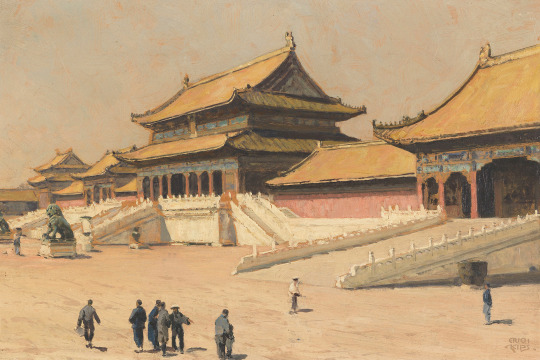
"In the Forbidden City of Beijing" (1928) by Erich Kips (1869-1945), German painter.
● Visit Pittoresko for more Digital Asian Wall Art!
● pittoresko.etsy.com
#vintage posters#vintage illustration#vintage art#vintage#vintage prints#digital download#digital prints#digital poster#vintage decor#chinese painting#chinese art#chinese history#beijing#forbidden city#chinese culture#china decor#china art#german painting#german painter#asian aesthetic#etsy vintage#etsy art prints#etsy printables#etsy store
2 notes
·
View notes
Text
Hua Cheng Fox Mask (Heaven Official's Blessing) - Lunar New Year fox mask

View On WordPress
#bl novel#china art#danmei#forget about regrets#fox ferret#fox mask#Heaven Official&039;s Blessing#hua cheng#hua cheng fox#hualian#lunar new year#mo dao zu shi#modaozushi#tgcf#tgcf cosplay#tian guan ci fu#xie lian
12 notes
·
View notes
Text

#mo xiang tong xiu#mxtx novels#tian guan ci fu#heaven official's blessing#yushi huang#china art#chinese#artwork#art
95 notes
·
View notes
Text
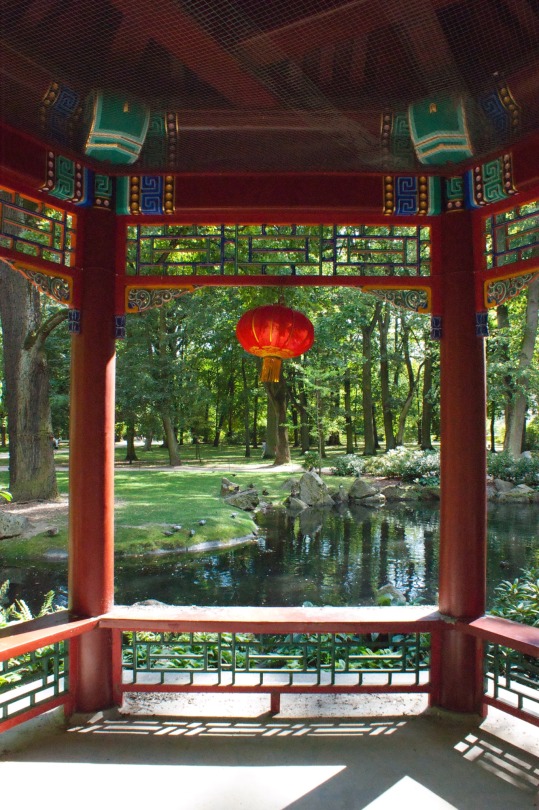
3 notes
·
View notes
Text

Xu Xi Butterfly and Chinese Wisteria Flowers
214 notes
·
View notes
Text
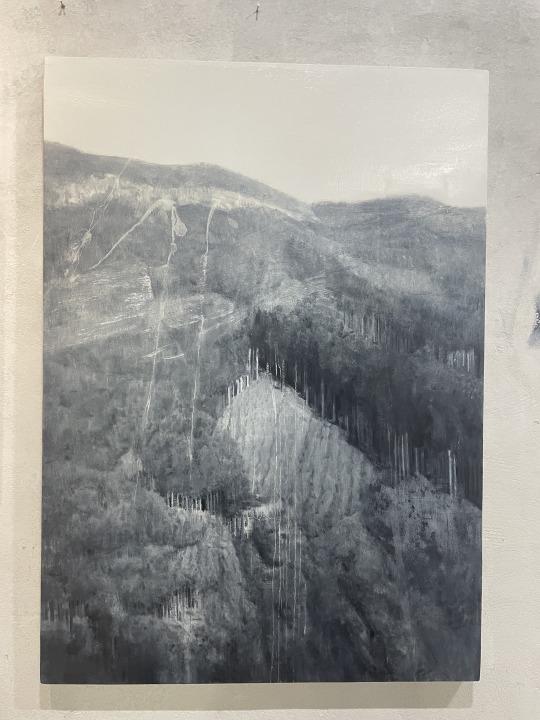

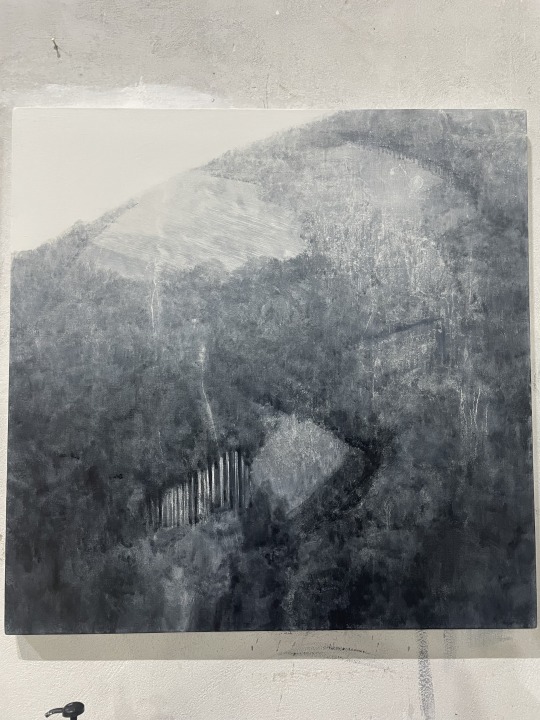





疫情不便出行,老风景,老画法过过瘾
4 notes
·
View notes
